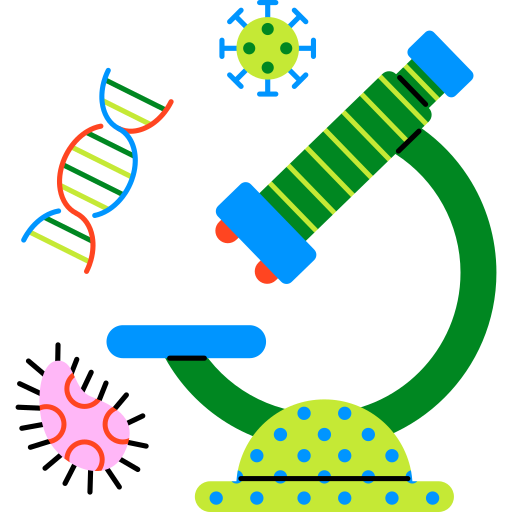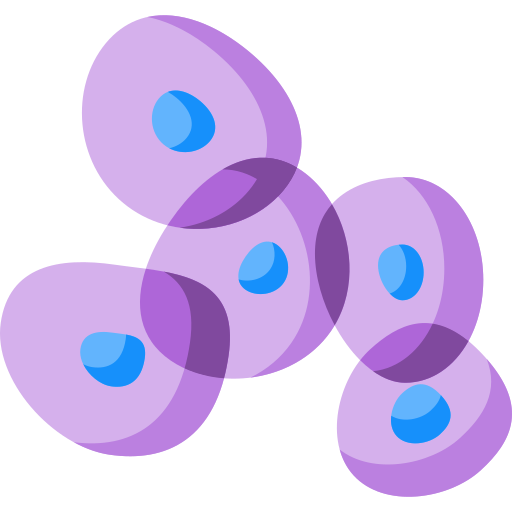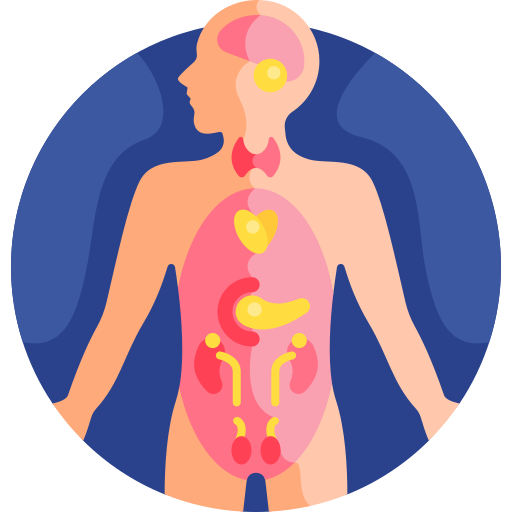The CER framework can be a strategy for students to improve their science reasoning skills. Students can also further their understanding of informational texts and scientific data. Students can use the framework to become better at scientific reasoning.
For a list of Topics – Make a shortcut to this DOC file. Resources are added frequently. If you have a shortcut, you will see any additions. You can also download a CER wall chart at Activatelearning.com.
CER Worksheets by Topic
Science

Cells

Ecology

Effects of Roads on Space Use by Squirrels
Rampaging California Kingsnakes
Shooting the Poop – Caterpillars
Could an Animal’s Name Save It from Extinction
CLAIM-EVIDENCE-REASONING (RUBRIC)
| Accomplished (3) | Proficient (2) | Developing (1) | |
| CLAIM | Domain specific language related to the case or argument is used to establish the claim. Claim is clear and concise. Uses complete and grammatically correct sentences | Claim is established, language may be vague or unclear or include some unrelated details | Claim is not not established, not accurate or unrelated to the question or case |
| EVIDENCE | Evidence is provided from the case, article, video or lecture. It is sufficient enough to support the claim | Evidence is provided but lacking in some details or may not be sufficient or lacking in focus. | Evidence provided is insufficient or is not accurate; no details provided |
| REASONING | Evidence is connected to the claim and to major ideas to principles about the topic. It is complete and thorough | Evidence is tied to the claim, some details missing or not sufficient to establish a connection | Evidence is not tied to the claim, no additional information is used to connect ideas to principles |
Label Version (Print on Labels for exams)
Claim (accurate, complete, grammar) __3__2__1
Evidence (appropriate, sufficient, data) __3__2__1
Reasoning (links to claim and sci. principles) 3__2__1




